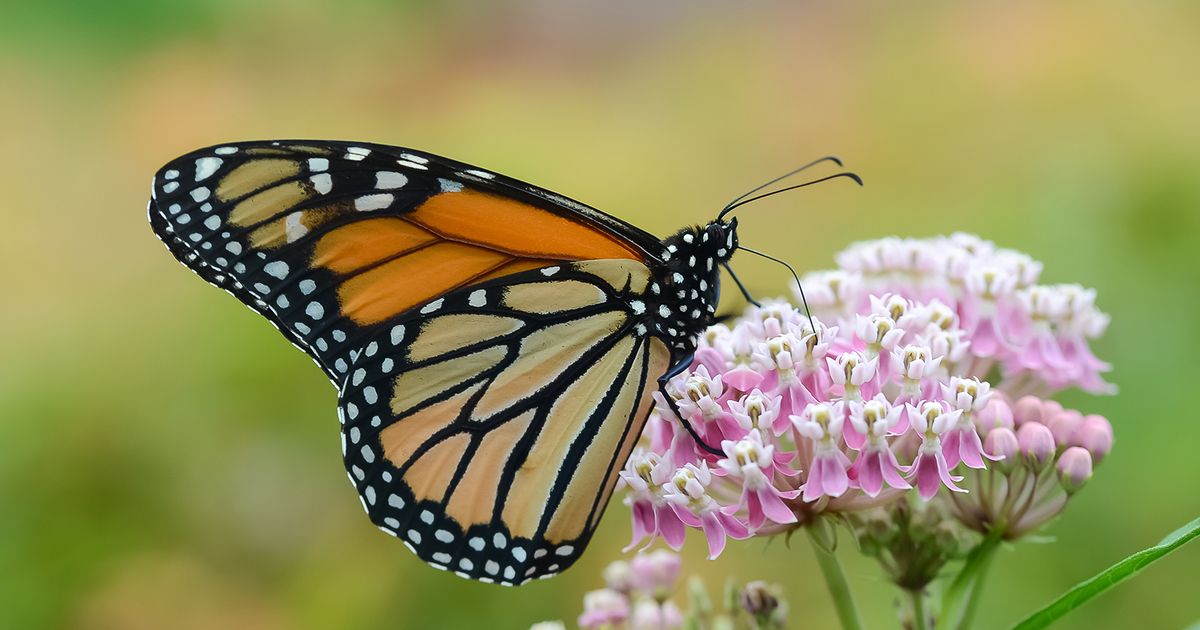The first time I met Neil Diboll, he set his front yard on fire. On purpose. It was part of a lesson that Diboll, a prairie ecologist and nurseryman, was eager to share about native plant communities.
The prairie species that had replaced his lawn were adapted to fire, he informed me, because regular wildfires had influenced their evolution. That was more than 30 years ago. Since then, Diboll has continued to find dramatic ways to capture gardeners’ attention and educate them.

That’s essential, he knows, when you’re dealing with ideas that are unfamiliar to most people. Diboll is now 42 years into the business of propagating and selling seeds and plants of native Midwestern and Eastern species at his Prairie Nursery , in Westfield, Wis. And we find ourselves in the age of the pollinator plant, and the pollinator garden, and interest keeps growing.
But it wasn’t always so. Diboll remembers way back when — when native plants were referred to as weeds, for example. “When I started doing this,” he said recently, “the local farmers called us ‘the weed farm.
’” (And they didn’t mean cannabis.) “I think it’s safe to say I was prairie when prairie wasn’t cool,” he added, recalling his first six years of owning the nursery and living in a trailer as one item of proof. “Let’s just say that we were a little ahead of the curve.
I literally couldn’t give this stuff away.” He remembers when nobody — beyond a few academics studying prairie restoratio.
















